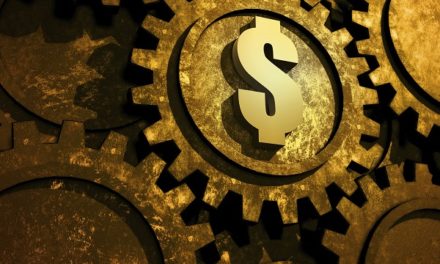
“I buy on the assumption that they could close the market the next day and not reopen it for five years.”
— Warren Buffett
The investment philosophy practiced by Warren Buffett calls for investors to take a long-term horizon when making an investment, such as a five year holding period (or even longer), and reconsider making the investment in the first place if unable to envision holding the stock for at least five years. Today, we look at how such a long-term strategy would have done for investors in Western Union Co (NYSE: WU) back in 2016, holding through to today.
| Start date: | 04/08/2016 |
|
|||
| End date: | 04/07/2021 | ||||
| Start price/share: | $19.60 | ||||
| End price/share: | $25.27 | ||||
| Starting shares: | 510.20 | ||||
| Ending shares: | 614.19 | ||||
| Dividends reinvested/share: | $3.88 | ||||
| Total return: | 55.21% | ||||
| Average annual return: | 9.19% | ||||
| Starting investment: | $10,000.00 | ||||
| Ending investment: | $15,520.81 | ||||
As we can see, the five year investment result worked out well, with an annualized rate of return of 9.19%. This would have turned a $10K investment made 5 years ago into $15,520.81 today (as of 04/07/2021). On a total return basis, that’s a result of 55.21% (something to think about: how might WU shares perform over the next 5 years?). [These numbers were computed with the Dividend Channel DRIP Returns Calculator.]
Notice that Western Union Co paid investors a total of $3.88/share in dividends over the 5 holding period, marking a second component of the total return beyond share price change alone. Much like watering a tree, reinvesting dividends can help an investment to grow over time — for the above calculations we assume dividend reinvestment (and for this exercise the closing price on ex-date is used for the reinvestment of a given dividend).
Based upon the most recent annualized dividend rate of .94/share, we calculate that WU has a current yield of approximately 3.72%. Another interesting datapoint we can examine is ‘yield on cost’ — in other words, we can express the current annualized dividend of .94 against the original $19.60/share purchase price. This works out to a yield on cost of 18.98%.
More investment wisdom to ponder:
“Smart investing doesn’t consist of buying good assets but of buying assets well. This is a very, very important distinction that very, very few people understand.” — Howard Marks




